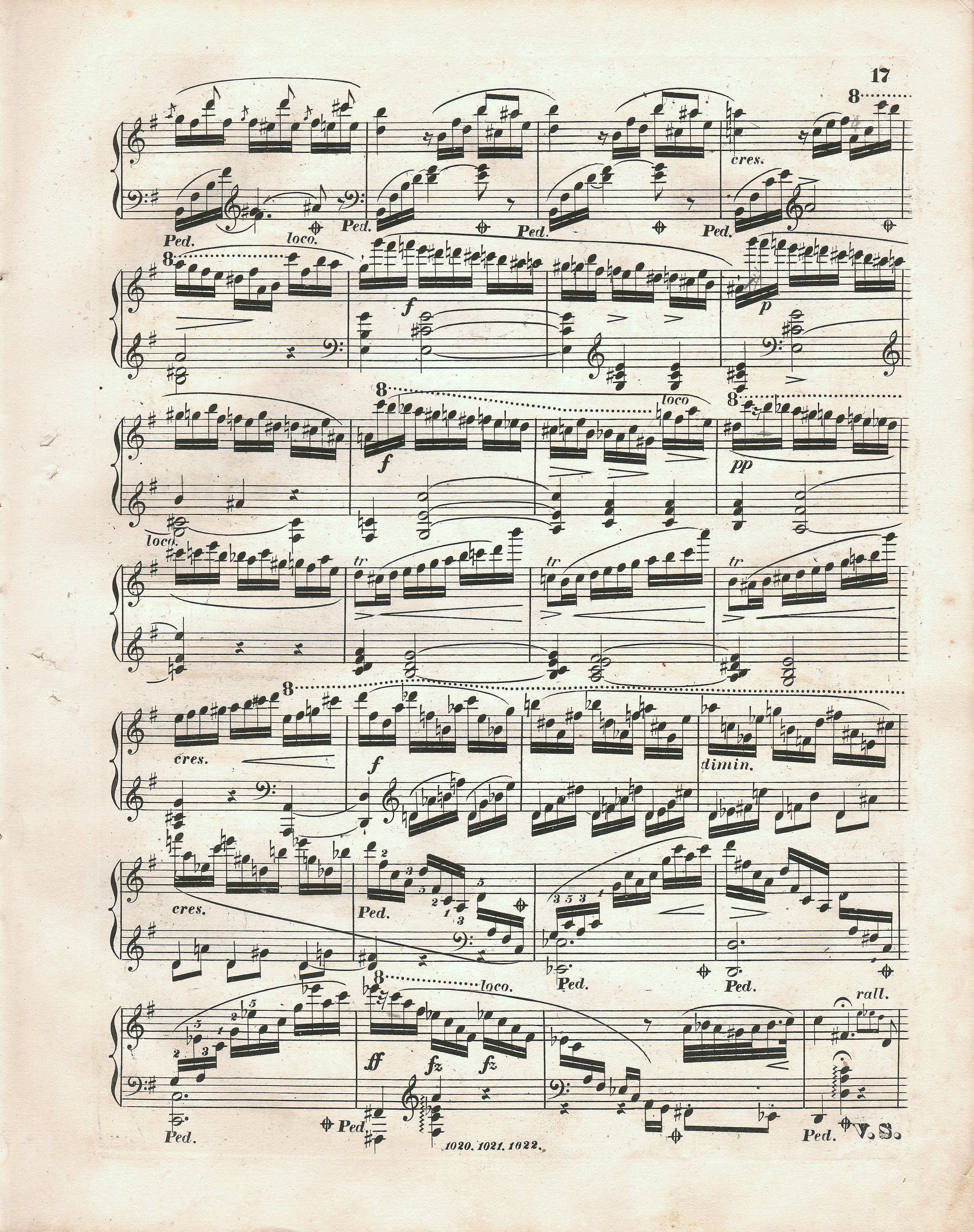



The sharp before the last semiquaver in FE is almost certainly a mistake – it is proved by comparison with analogous bar 196, 200 and 551, supported by deletion of the unnecessary accidental in FEJ. The awkward e 2-d
2-d 2 sequence, omitting the chordal e2, drew the attention of both the revisers of GE and EE. The traces of corrections visible in FE prove that the discussed note was corrected from d
2 sequence, omitting the chordal e2, drew the attention of both the revisers of GE and EE. The traces of corrections visible in FE prove that the discussed note was corrected from d 2 to e
2 to e 2, which allows us, to a certain extent, understand the mechanism of the mistake – the proofreading was definitely aimed at e2, yet along with a notehead, the engraver erroneously moved also the
2, which allows us, to a certain extent, understand the mechanism of the mistake – the proofreading was definitely aimed at e2, yet along with a notehead, the engraver erroneously moved also the  (cf. the Sonata in B
(cf. the Sonata in B Minor, Op. 35, 3rd mov., bar 20).
Minor, Op. 35, 3rd mov., bar 20).
Compare the passage in the sources »
category imprint: Interpretations within context; Differences between sources
issues: Annotations in teaching copies, EE revisions, Errors in FE, Errors resulting from corrections, GE revisions, Annotations in FEJ
notation: Pitch



